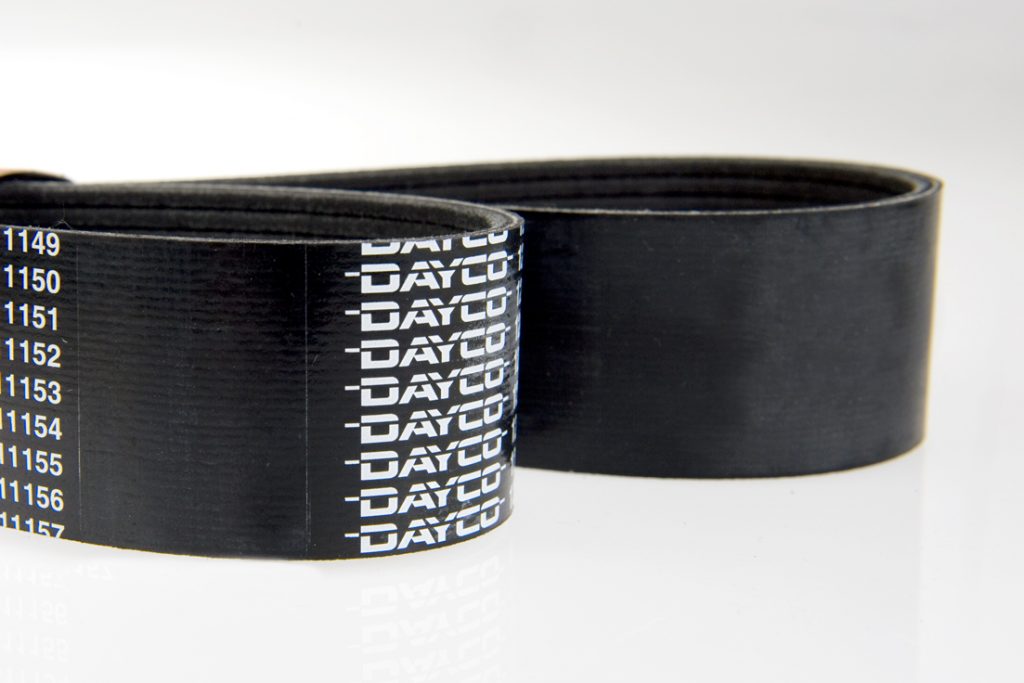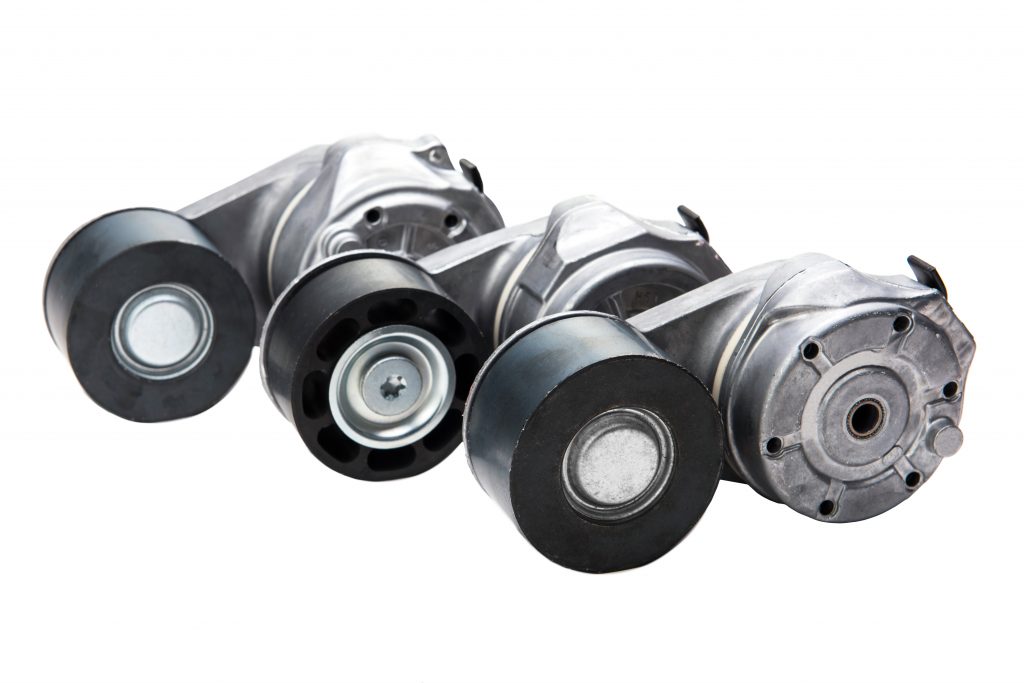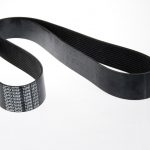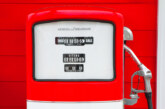In addition to the production of drive belts, engine products and drive systems supplier, Dayco, says it has experience and OE pedigree in the design and manufacture of CV auxiliary belt tensioners. Here the company explains how regularly checking auxiliary belts can lead to added profits.
Although there are several tensioner design types, each one designed for a specific application, its main
body/spring case design, arm offset and length, as well as pulley size, are all designed to ensure maximum performance of the drive belt system and are therefore, key to ensuring the reliable operation of the vehicle. However, the tensioner is often overlooked during its service and maintenance, according to Dayco.
The most common tensioners consist of five main elements: the spring case and spring assembly, the pivot bush, the spring bush, the arm and the arm bush.
Depending on the requirements of a given application, Dayco offers both flat and round wire solutions for the spring material used in the spring assembly. However, whatever the spring type, the performance and behaviour of a Dayco aftermarket tensioner is said to be equivalent to the OE component.
The pivot bush is another element that is central to the performance of the tensioner as both it and the spring bush ensure that the tensioner moves smoothly, while being appropriately damped and in conjunction with the arm plate, also remains correctly aligned. This ensures that the belt continues to operate under the designated tension when the engine is both under full load and at idle.
As the auxiliary system is crucial to the overall reliability of the vehicle, driving not just the alternator, but also water pump, steering pump, air con compressor and the like, the performance of the tensioner is a vital factor in the drive system.
Therefore, to ensure it meets the correct quality standards, every Dayco tensioner is tested on the production line during its manufacture. Individually measured against the OE design criteria, which means that whether destined for OE manufacture, OE supply or aftermarket, every Dayco tensioner conforms to the correct standard, giving installers and fleet operator complete peace of mind.

Check & change
When it comes to auxiliary belts, unlike the previous generation neoprene rubber based version, the EPDM formulated belt used nowadays, wears very differently. Whereas wear of the previous technology would result in cracking or chunking, EPDM belts wear gradually, which actually makes it more difficult to detect. Therefore, Dayco recommends that technicians should ‘check & change’ the belt regularly.
To help them correctly assess the condition of the belt, the company has designed the aWEARness gauge, which provides them with several ways to check whether the belt needs to be replaced.
Firstly, the profile indicator, which when held against the ribs will show whether there is any side clearance between the teeth of the profile indicator and the side of the ribs. A new, or still serviceable belt, will show no side clearance, but on a worn belt, the base of the teeth will bottom out on the top to the ribs and reveal a gap between the sides of the ribs and the teeth of the tool.
The second check will show the wear on the ribs themselves. An indicator ‘bar’ on the opposite end of the tool, will sit above the tops of the ribs when placed lengthways along the groove on a new belt, but sit below the top of the ribs along the groove of a worn belt. This shows that material has worn away and the gap between the ribs has increased.

The final check for cracks allows the technician to view the ribs through a 25mm square ‘window’. If four or more cracks are visible through the window, to avoid failure, then the belt must be replaced.
The vehicle’s mileage is their first point of reference. If it has covered 60,000 miles or more, the belt should be thoroughly inspected and if it shows any sign of damage or wear, should automatically be replaced.
According to figures published by the Department of Transport, the average annual mileage covered by a UK registered heavy goods vehicle during 2016, was in excess of 100,000, which means that virtually every truck in the country will be relevant for the ‘check & change’ rule at least once a year, so providing fleet workshops with a tremendous business opportunity.









